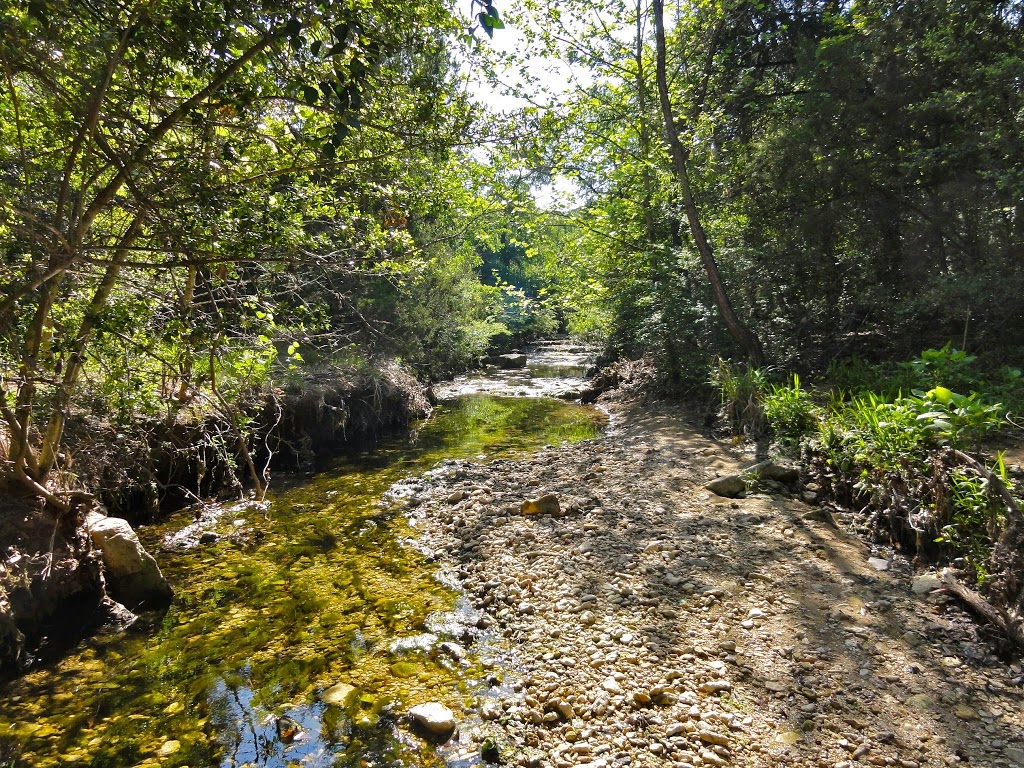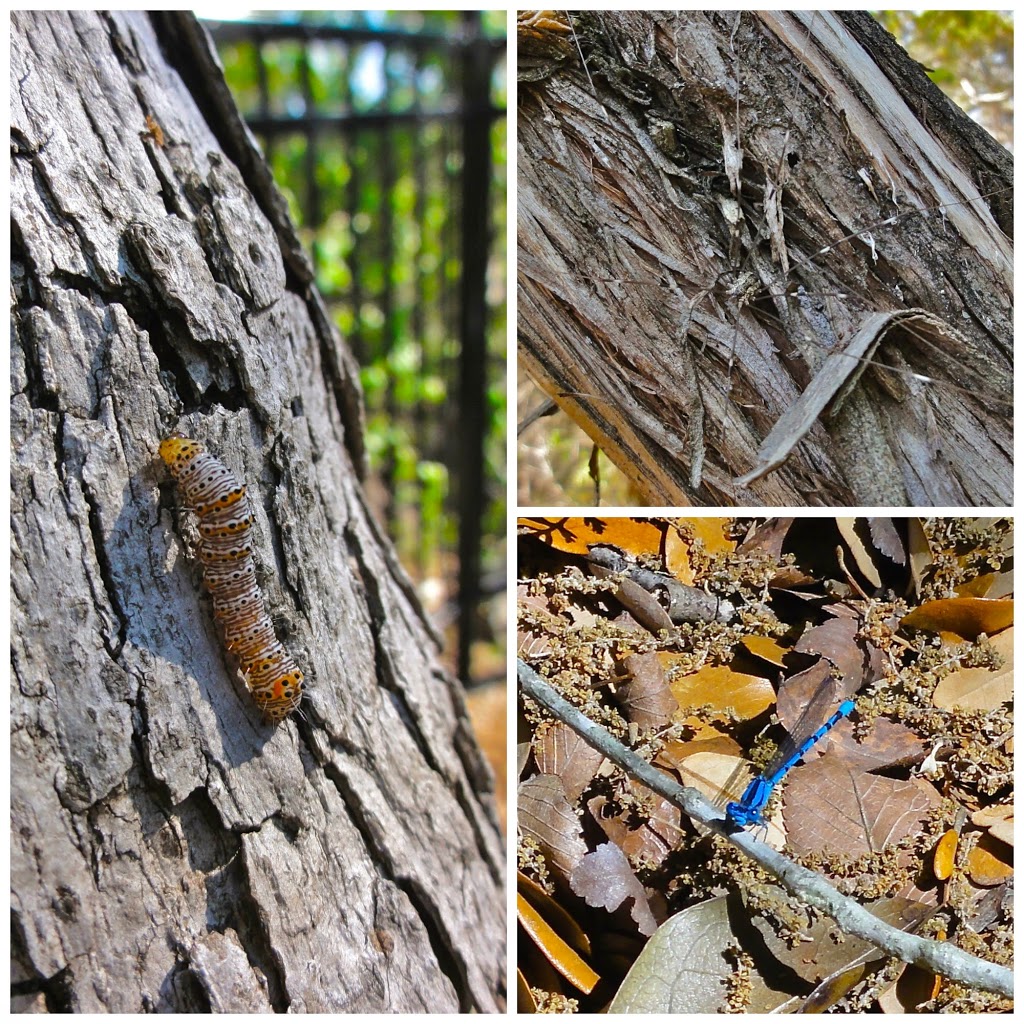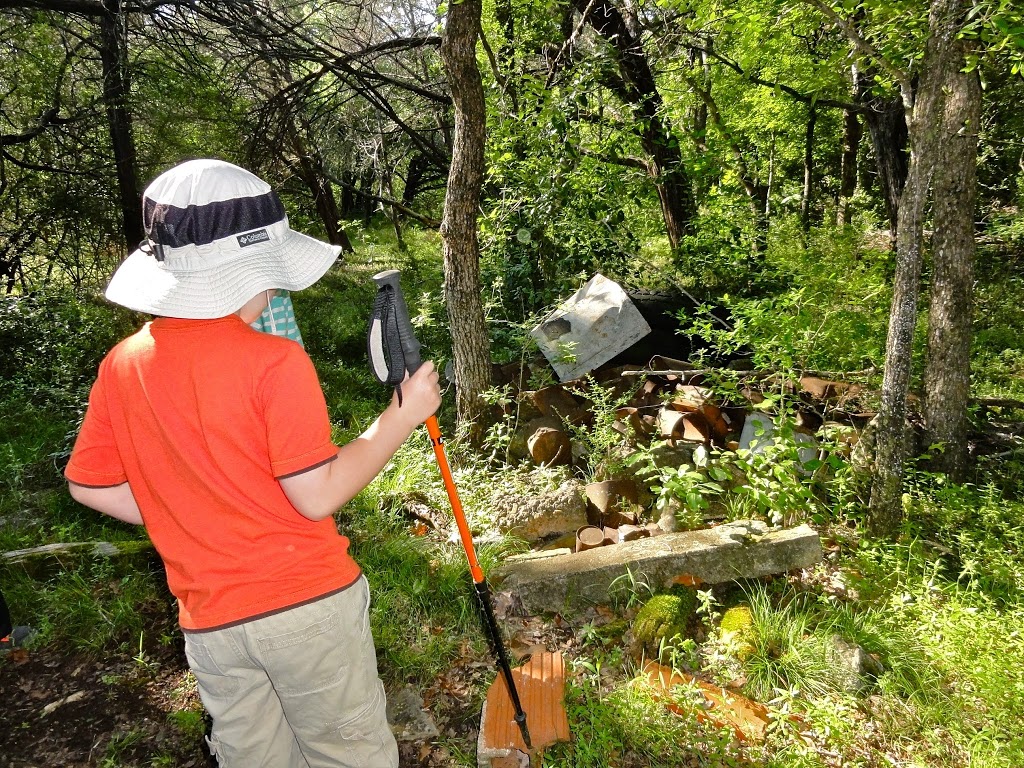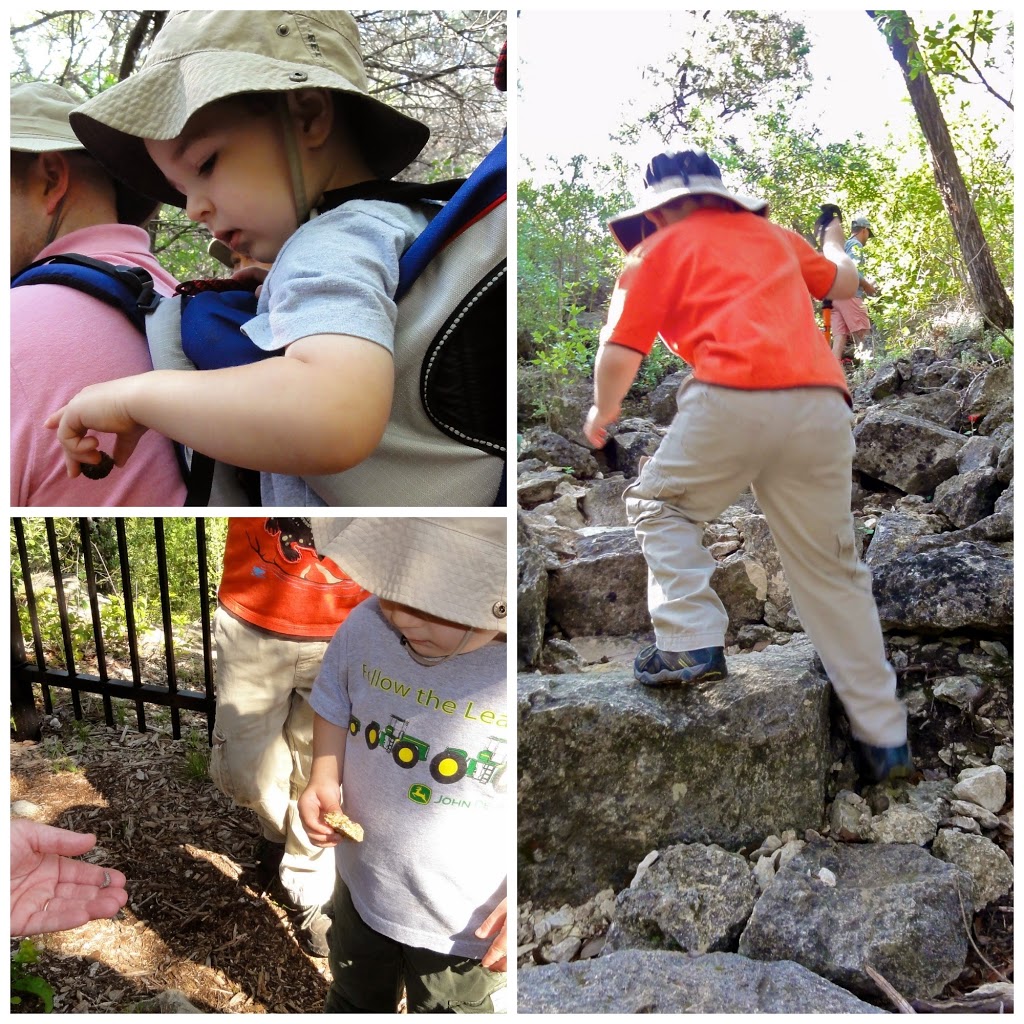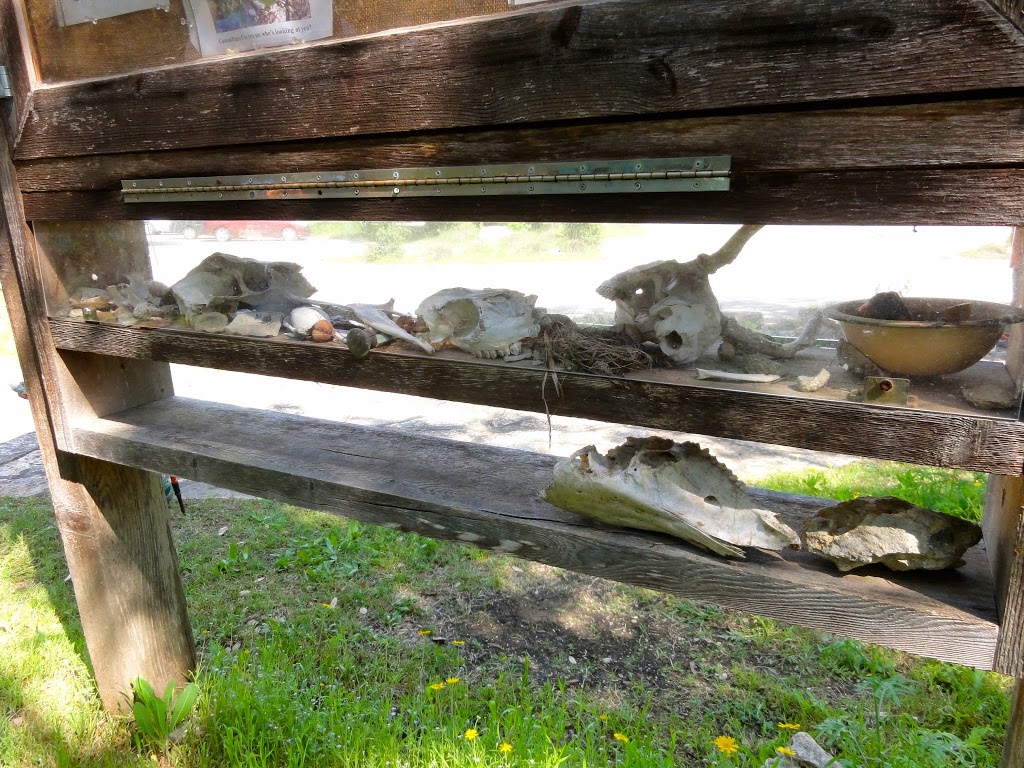Have you ever had an experience that you enjoyed so intensely you couldn’t wait to tell the world all about it? And then you realized it might be better to keep it to yourself so as not to have to share it with others? Well, I have (somewhat reluctantly) decided to let you in on one of Austin’s best kept secrets: Bright Leaf Preserve. You can thank me later. But first, we should all thank a very savvy and forward-thinking philanthropist named Georgia B. Lucas.
Georgia was the only child of a local pharmacist. Her father passed away while she was a junior at UT, leaving her quite well-off. She lived in downtown Austin most of her adult life, but purchased a piece of land with her mother on which to build a secluded weekend retreat overlooking Lake Austin. Over the next 20 years, via 34 separate real estate transactions, Ms. Lucas’ Hill Country property expanded to a total of 216 acres. If you’ve ever looked at a Google satellite view of Mt. Bonnell and wondered about that conspicuous chunk of undeveloped land just to its north, you were looking at Bright Leaf–hidden right before your eyes! When Georgia passed away in 1994, she bequeathed her entire Bright Leaf property to the State of Texas, along with very specific instructions regarding its future use: minimal improvements; no swimming; no overnight camping; and all hikes must be guided hikes. About ten years later, Texas Parks and Wildlife divested Bright Leaf to the Austin Community Foundation, which remains committed to maintaining the Preserve according to Georgia B. Lucas’ wishes today.
 The family and I arrived for our first guided Bright Leaf hike a little before 9 on Saturday morning. Scheduled hikes take place the 2nd Saturday and 2nd Sunday of each month, year round, with an additional hike thrown in each Spring and Fall. We were there for the special Springtime Celebration hike. Given that this was a special event, enough docents were on hand to lead three separate hikes–the full-length, 4-mile, 2.5-hour odyssey; a medium-length 1-hour trek; and a quick 30-minute jaunt. The crowd was small for the long hike and nonexistent for the short hike, so we lucked into four docents on our 2-family/7-person adventure! I was told that on a “normal” weekend tour each group would, ideally, have two docents. We were spoiled.
The family and I arrived for our first guided Bright Leaf hike a little before 9 on Saturday morning. Scheduled hikes take place the 2nd Saturday and 2nd Sunday of each month, year round, with an additional hike thrown in each Spring and Fall. We were there for the special Springtime Celebration hike. Given that this was a special event, enough docents were on hand to lead three separate hikes–the full-length, 4-mile, 2.5-hour odyssey; a medium-length 1-hour trek; and a quick 30-minute jaunt. The crowd was small for the long hike and nonexistent for the short hike, so we lucked into four docents on our 2-family/7-person adventure! I was told that on a “normal” weekend tour each group would, ideally, have two docents. We were spoiled.Our guide, Sharon, even taught us how the Golden-cheeked Warblers rely on the scraggly bark of the cedar trees to make their nests. Tidbits of information like that one are what made this one of my all-time favorite hikes. Is the scenery better than what you might experience at Wild Basin or Mt. Bonnell? That’s a matter of opinion. But what’s invaluable at Bright Leaf is having a guide who can entertain all of your and your kids’ questions along the way. Hikes with my kids inevitably go something like this:
“Hey, Mama, what’s that bird/bug/flower/tree?”
“No idea. Let’s take a picture and we’ll look it up when we get home.”
And then we forget to find the answer. But I will never forget learning that the mysterious green orbs in trees that I’ve wondered about for years are called galls. Not only are they a critical part of some insects’ life cycles but they were once mixed with iron sulfate to make the ink used to write the Declaration of Independence. So cool. A Google search for “weird green ball in a tree” sure wouldn’t have gotten me there as efficiently as the Bright Leaf docents did.
Sharon made dozens of stops along our route to point out interesting features we might’ve otherwise overlooked. Most interesting to my boys were the piles of boulders where a quarry used to be and a few antique trash heaps left by settlers and workers on the land prior to Ms. Lucas’ purchase. While the trash was certainly not an attractive feature, it was a stark lesson for the kids that trash–in this case cans, tires, and building materials–doesn’t simply disappear.
As for the trail itself, it was very well maintained. The terrain is quite rocky in parts and there were a few spots with noticeable elevation changes. Our group kept such a relaxed pace, though, that my 7 year-old never complained. My 3 year-old, on the other hand, traveled most of the trail in a hiking pack on his Daddy’s back. Were it not for that pack, there’s no way he would’ve finished the hike on his own two feet. The full-length, 4-mile hike does ascend to Ms. Lucas’ former home, where there are views of Lake Austin and the surrounding Hill Country, so that’s obviously a tougher hike than the one we completed. Even still, I’ve heard that the long climb is gradual and only moderately strenuous. And none of the docents guffawed when I suggested that we might bring the kiddos back next month for the long tour.
Things to know before you go:
- Guided hikes are open to the public and happen at 9:00 a.m. on the second Saturday and Sunday of each month. (Not necessarily the same weekend.) Check the calendar here.
- Monthly hikes are usually 4 miles long and last about 2 hours. You may request a hike customized to your crew by contacting Friends of Bright Leaf at 512-459-7269 or [email protected]
- There is no drinking water available at Bright Leaf. Bring your own.
- No strollers allowed.
- Wear hiking boots or other sturdy shoes.
- There is a portapotty in the parking lot but no restroom facilities along the trail.
- Hikes at Bright Leaf are free but donations to help maintain and improve the Preserve are gratefully accepted.
- Removing items from the Preserve is prohibited but there is a display case in the parking lot where items can be left for others to see.
Bright Leaf Preserve
Located south of 2222 between Mt. Bonnell Rd and Mopac.
Detailed directions can be found here.



